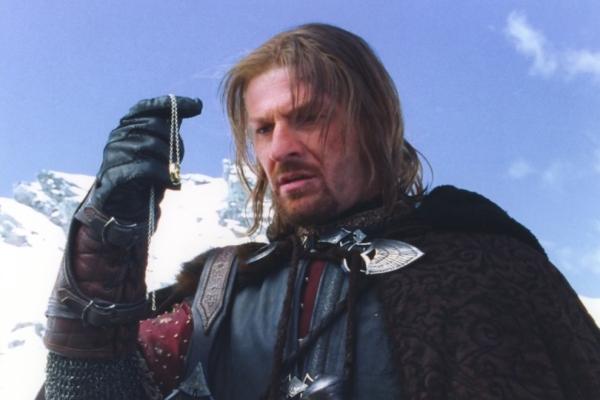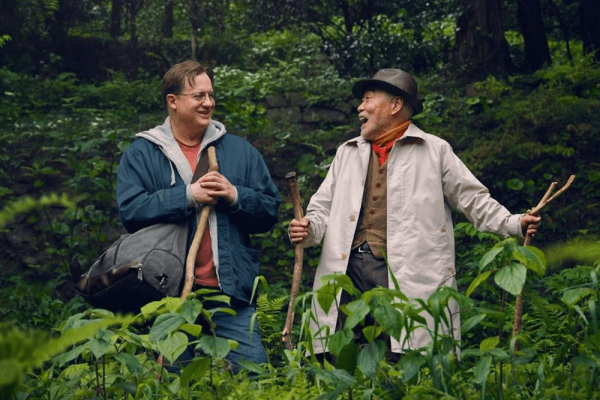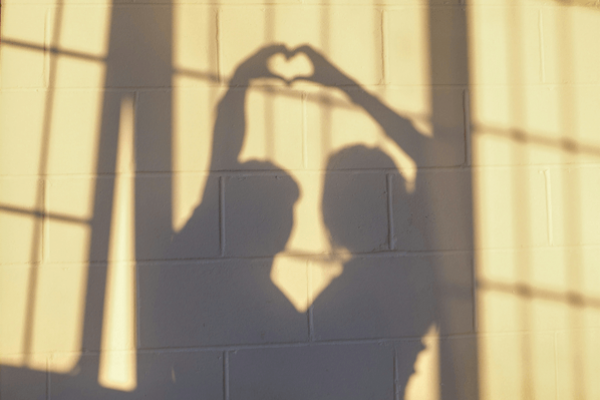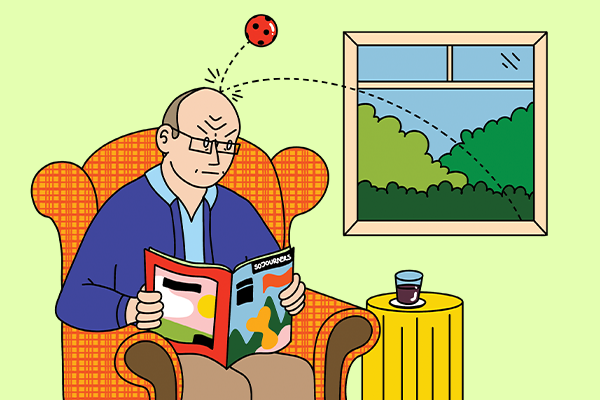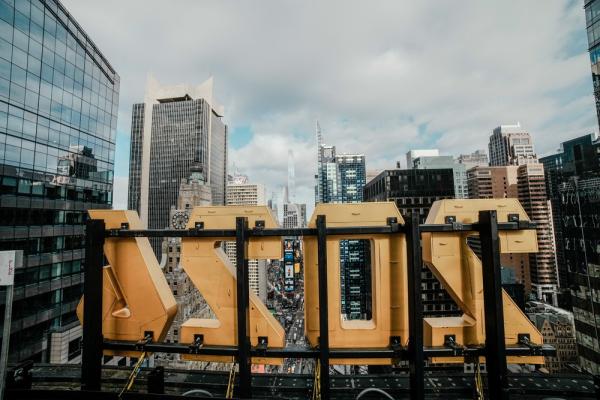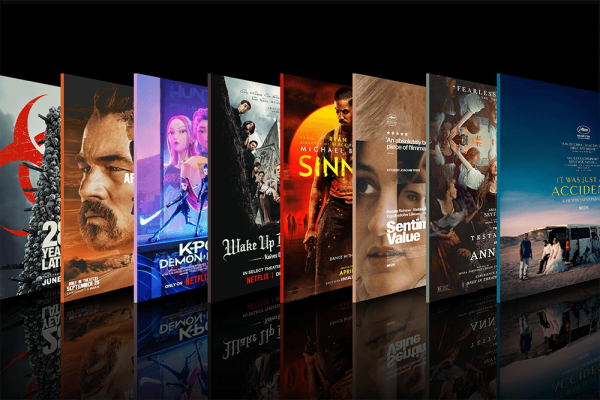“ARTISTS EXPRESS things that people don’t have words for; that’s why it’s so important to have them in justice spaces.”
With that neat answer, the panelist sits back in her chair, satisfied, bedazzled nails glimmering in the stage lights. I roll my eyes, then immediately feel guilty. You know you’re in for a rough night when you find yourself side-eyeing a Tony Award-winning actress—at a Martin Luther King Jr. Day event, no less—but I can’t help myself. Her answer smacks of the vague, self-congratulatory art-speak I hear on a regular basis, in which people tell me their work is a “metaphor for capitalism,” without any kind of explanation.
To be clear, I often find art-isms amusing and think this particular actress is incredibly talented. And yet, the question of art and its subsequent teleology remains: Why do we have art? What good does it do?
Though the answers to these questions may seem hopelessly obvious to some, they seem hopelessly complex to me—because, since moving to New York City a few months ago, I have seen, well, everything.
The famed medieval “Unicorn Tapestries” are hidden in a museum at the top of a steep hill, so I dragged myself up said hill to see them. I’ve poked my head into snooty galleries, attended plucky DIY exhibitions tucked into bland office buildings, and wandered into an event where dozens of bald CGI women stumbled across a screen while chopped electronica wailed in the background. I’ve seen murals made out of piñata paper, tree sculptures cut out of McDonald’s bags, John Singer Sargent paintings, Gustav Klimt paintings, neo-Renaissance paintings of candy-colored cherubs, and paintings of Donald Trump with the words “malignant narcissist” lurking next to his silhouette. I’ve seen a lifetime’s worth of Founding Father portraits.
Cultural overwhelm triggered an existential reckoning within me. I find myself asking what the point of all these works of art was, especially in a political time where so much of life feels urgent and frightening.
A common response might be that art can exist as a tool for justice amid societal turbulence. This, while true, seems to miss the point of art more broadly. Art can address inequality, but if that’s all it does, it loses the qualities that make it poignant: its infinite capacity to delight, surprise, inspire, and imagine worlds completely outside of our own.
The conclusion I’ve come to, with the help of Audre Lorde’s wonderful essay “Poetry Is Not a Luxury,” is that the end result, i.e. the art object, is not the only thing that matters. The impetus to create, to translate one’s experience to others, is in itself a political and spiritual act: I would say holy, even. That impulse, of loving consideration amid vast nothingness, mirrors the hovering of the Holy Spirit in Genesis before the formation of the world.
I don’t mean to suggest that all artists are prophets or priests; obviously, artists, like most people, are susceptible to the wiles of capitalism, racism, etc. But the creative spirit is not limited by the -isms of the world: Genuine curiosity cannot be commodified or colonized. An eternity exists in the space before the dance begins, before the poet puts pen to paper, before the song is sung, and in that eternity lies freedom and possibility.
This, perhaps, is why we need art. Not necessarily for its politics, but for its freedom to say what others dare not: that what exists is not all there is.
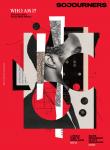
Got something to say about what you're reading? We value your feedback!


